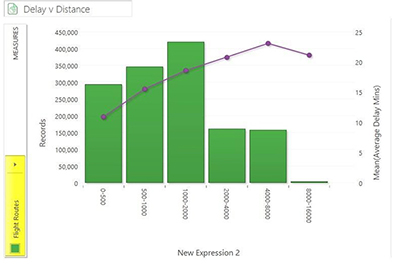
Visualizing linear regression models using R - Part 2

Logistic regression in R - Part 2 (Goodness of fit tests) Sample size estimation and Power analysis in R R tutorials on confounding/interaction and linear regression model - UpdatesĬommunicating data effectively with data visualization: Part 39 (Heatmaps of COVID-19 deaths) ISPOR 2022 North American conference (May 15-18, 2022) - My experienceĬommunicating data effectively with data visualization: Part 41 (Color Blind Friendly Palette)Ĭommunicating data effectively with data visualization: Part 40 (Percentage of population with COVID-19 vaccination) Sample size estimation using the odds ratio in a case-control study Hosting an R Markdown HTML file on a GitHub page Tagged: Stata, time series, coding, data formating, bysort, sort I used the following references to write this blog.
COMPUTE GEODIST FOR EACH ROW STATA CODE
You can download the Stata code from my Github site. Then we finalized out single-group data set by summing the total deaths and observations per month and removing the duplicates. Additionally, we used the bysort to identify the patient with multiple deaths and eliminated these values from the aggregate monthly values. Using the bysort command to distinguish between sites allowed us to properly identify the patient as unique to the site. In this example, we have patient-level data that contained deaths for one patient and a patient who was observed at different sites.
COMPUTE GEODIST FOR EACH ROW STATA SERIES
Using the bysort command can help us fix a variety of data issues with time series analysis. The alternative methods use the sort command: * Alternative Method 1:īy id site (month death), sort: gen byte repeat_deaths = sum(death=1)īy id site (month death): gen byte repeat_deaths = sum(death =1) ***** Identify patients with repated death events.īysort id site (month death): gen byte repeat_deaths = sum(death=1) Since Death = 1, we can sum up the total Deaths a patient experiences and drop those values that are greater than 1-because a patient can only die once. We can do this using the bysort command and summing the values of Death. This is a handy way to make sure that your ordering involves multiple variables, but Stata will only perform the command on the first set of variables.įirst, we want to make sure we eliminate the repeated deaths from Patient 8. Stata orders the data according to varlist1 and varlist2, but the stata_cmd only acts upon the values in varlist1. The bysort command has the following syntax: bysort varlist1 (varlist2): stata_cmd Removing the patient will result in a loss of information for Site B, but keeping the patient complicates the panel data when we convert from wide to long format. There are two ways to approach this: (1) remove the patient from Site B or (2) keep the patient by distinguishing it at each sight. The highlighted boxes indicate a patient was observed at two different sites. For instance, in Month 1, there were 5 observations. For each month, there are different numbers of observations.


In this example, we have a data set with time (months) in the column and patients in the rows (this is called a wide format data set). You can download the sample data and Stata code at the following links: However, when it comes to panel data where you may have to distinguish a patient located at two different sites or a patient with multiple events (e.g., deaths), it’s important to organize the data properly. For example, sorting by the time for time series analysis requires you to use the sort or bysort command to ensure that the panel is ordered correctly. Sorting information in panel data is crucial for time series analysis.


 0 kommentar(er)
0 kommentar(er)
